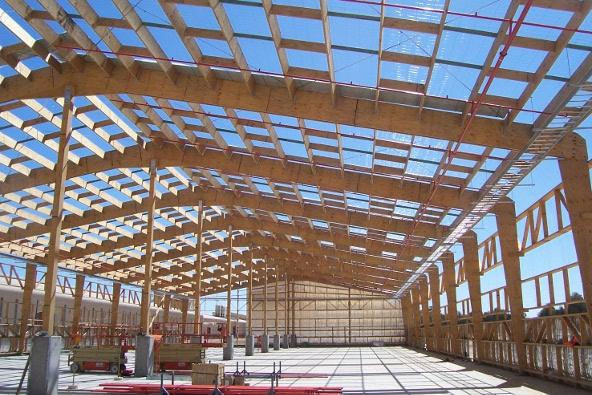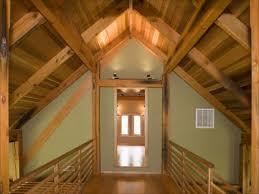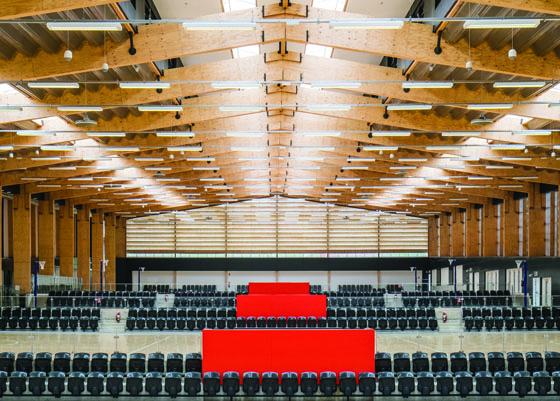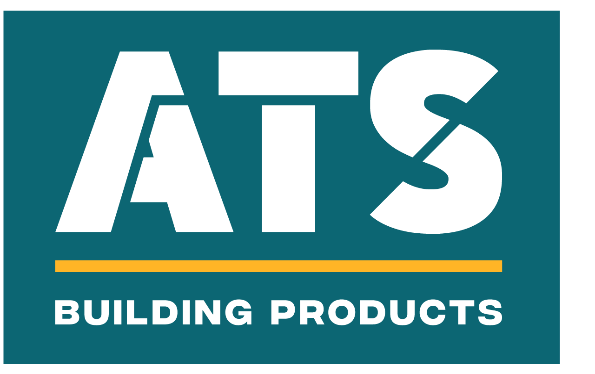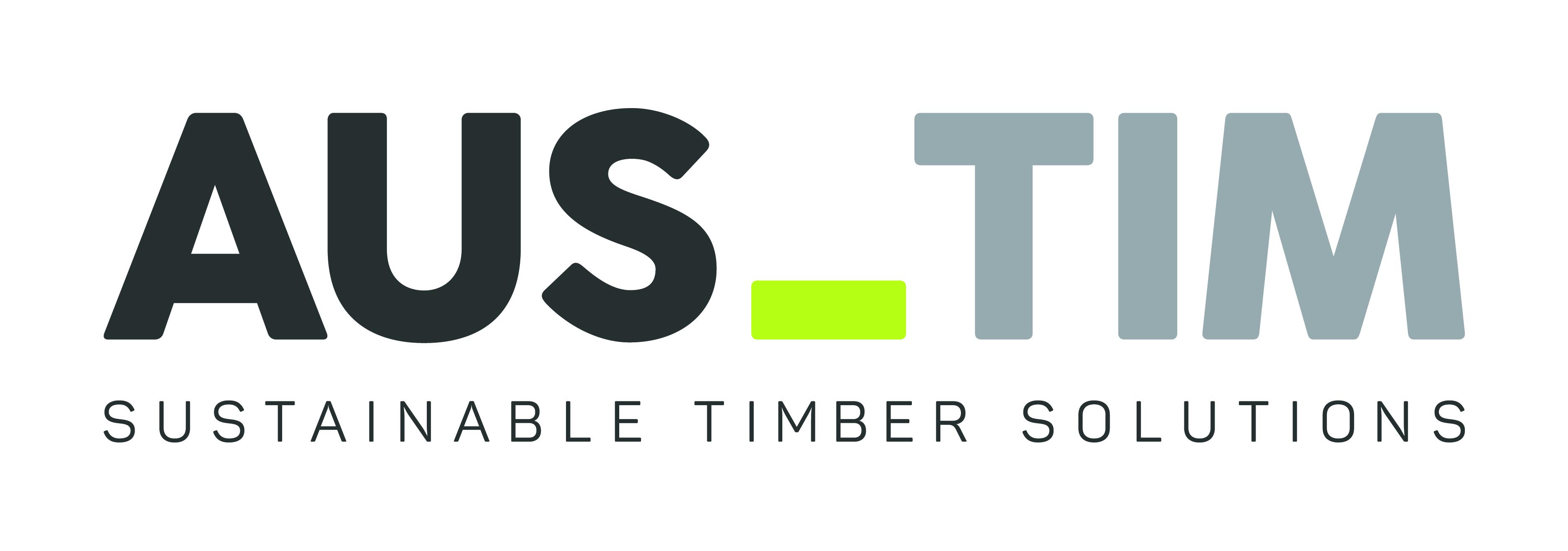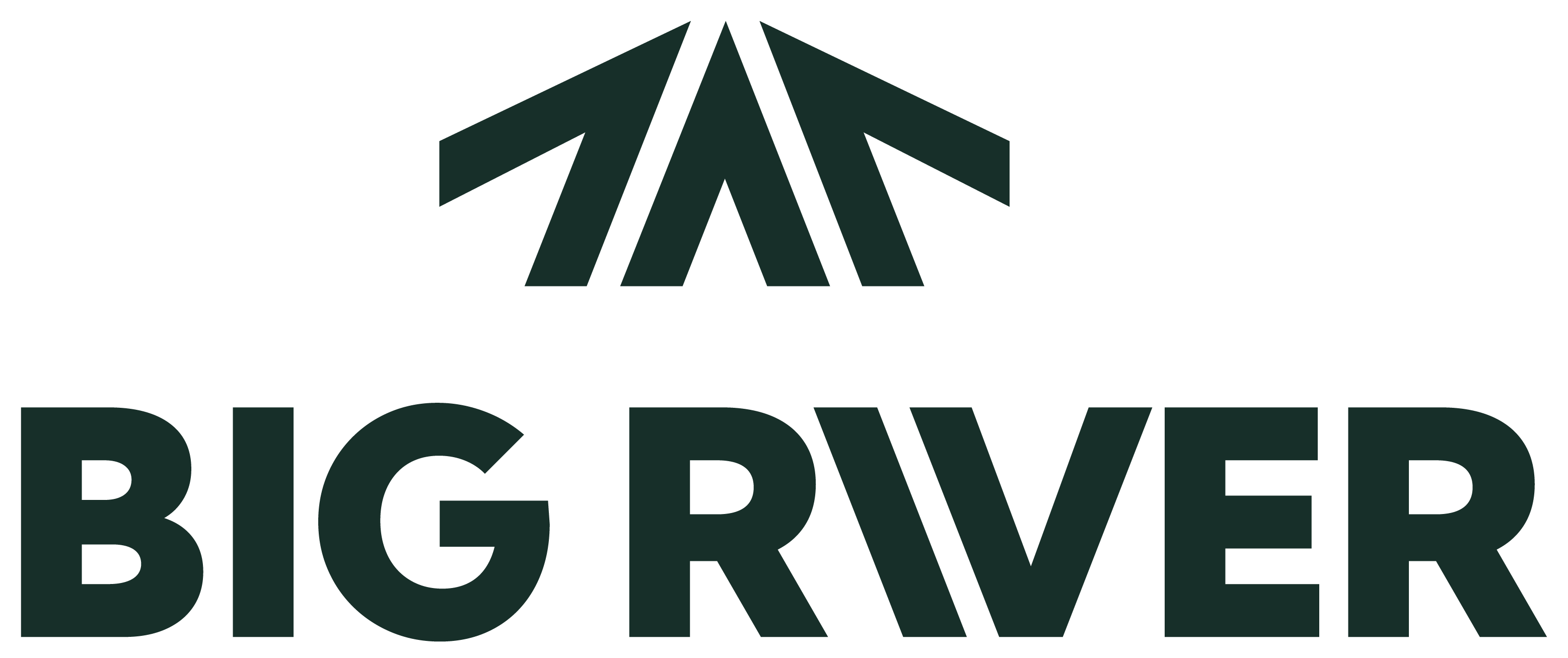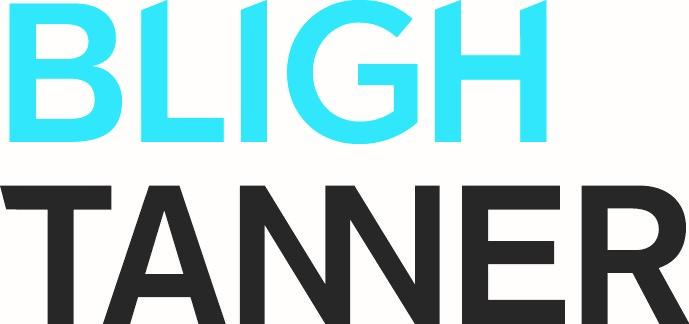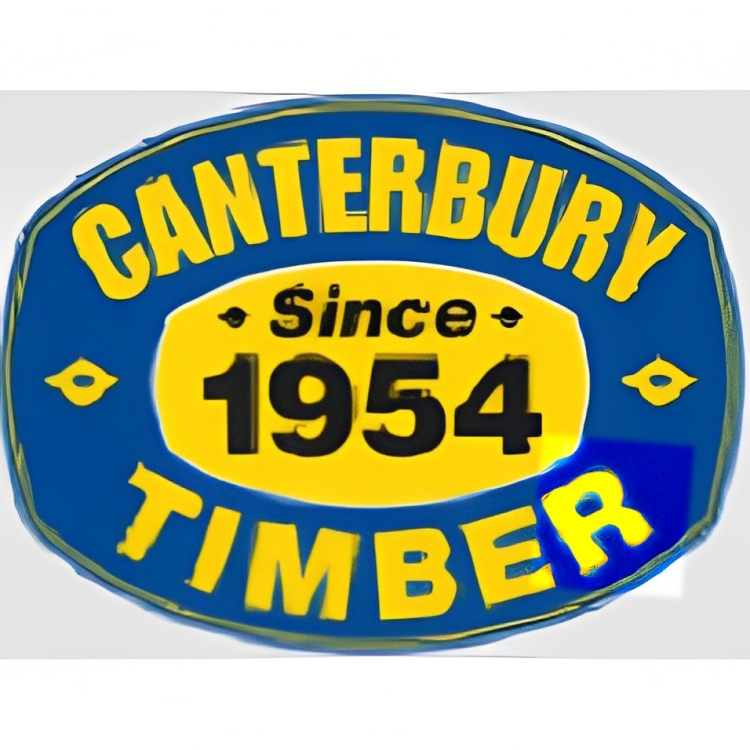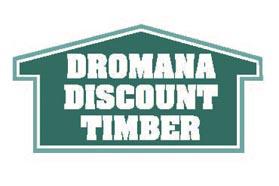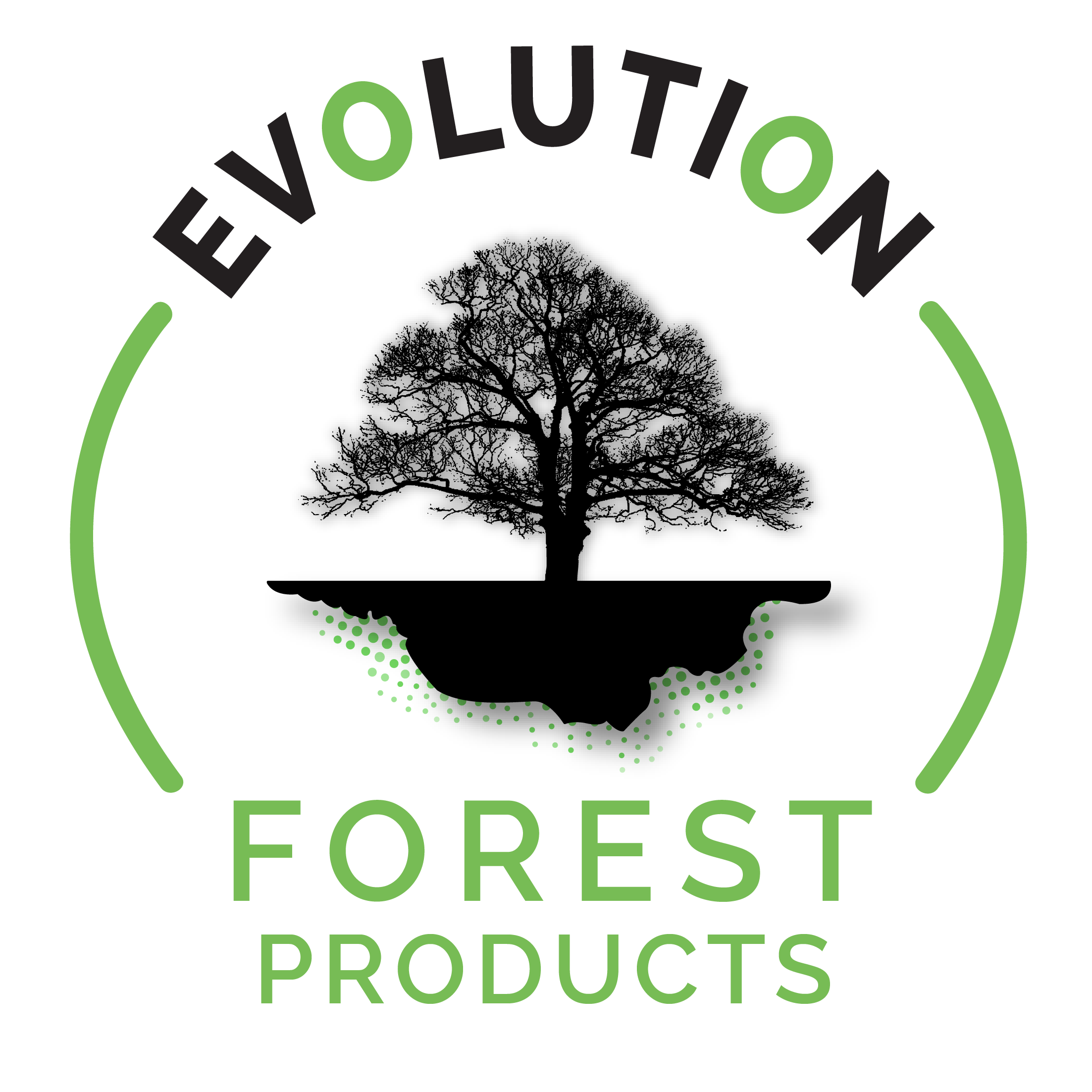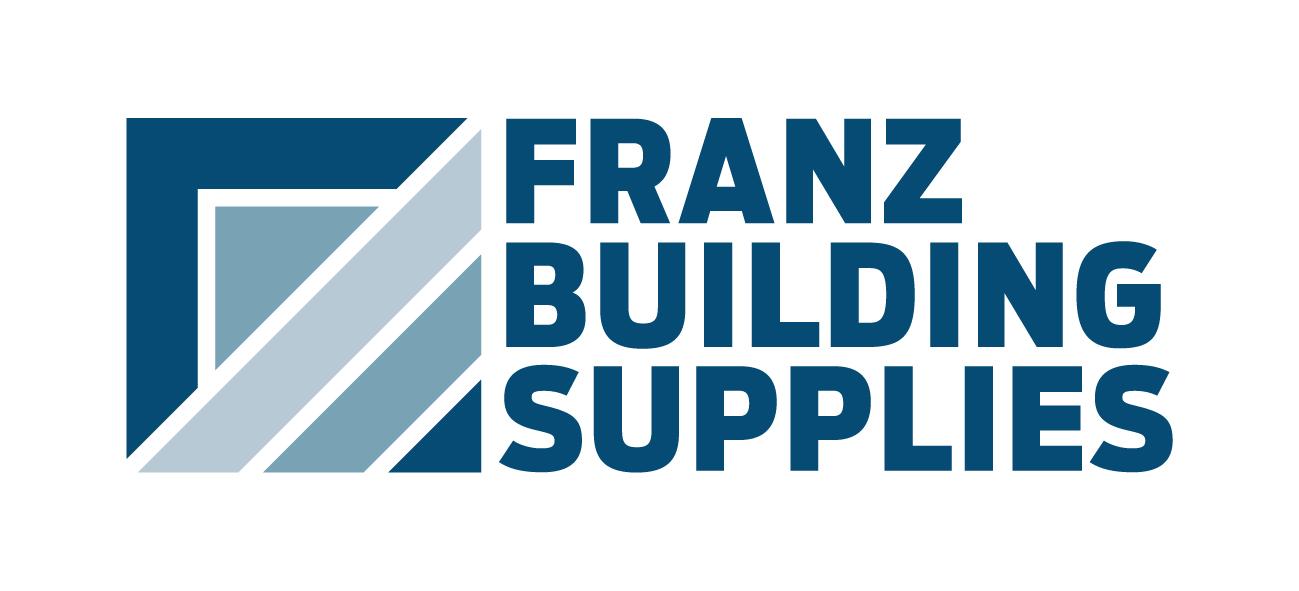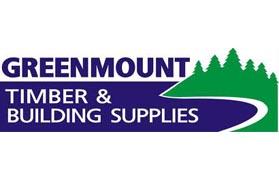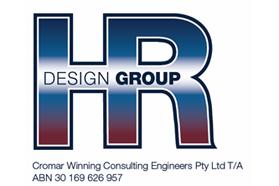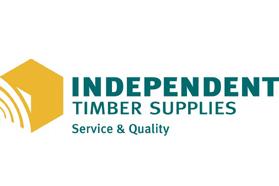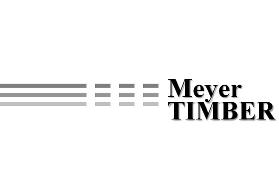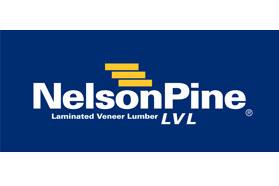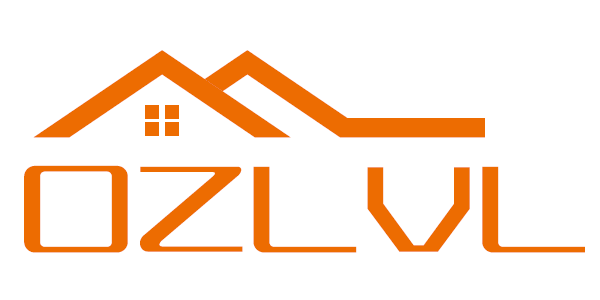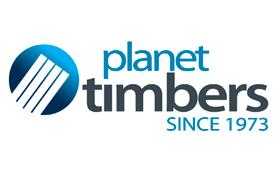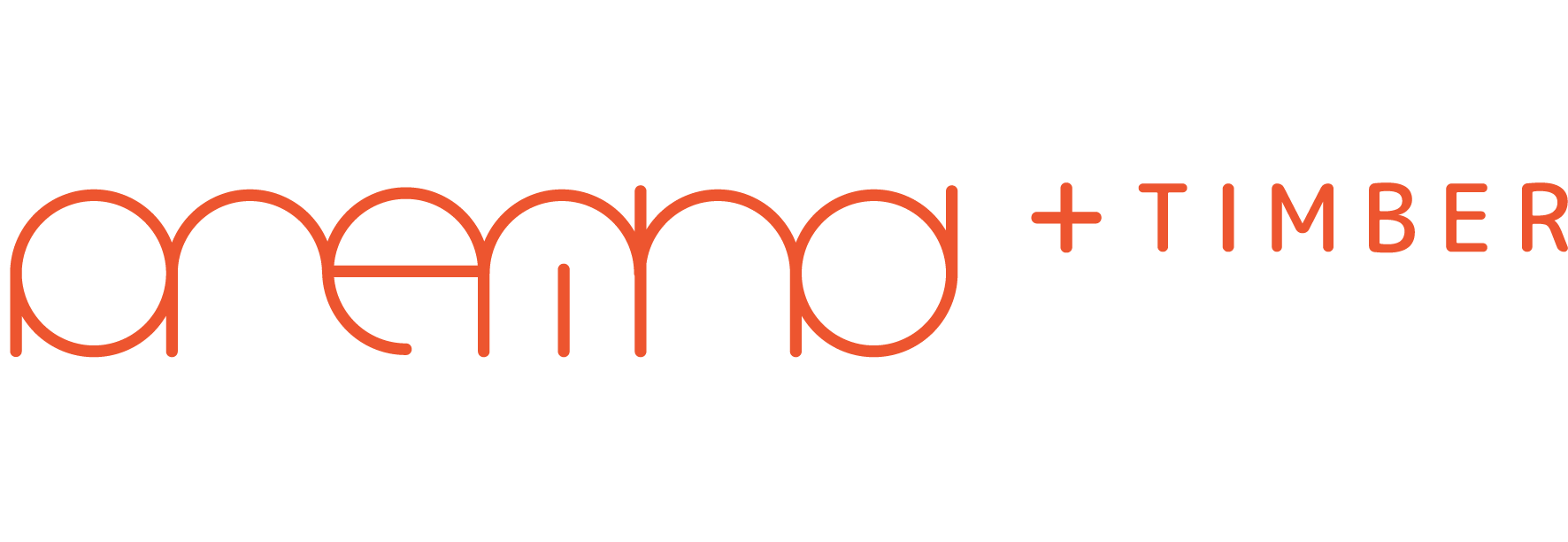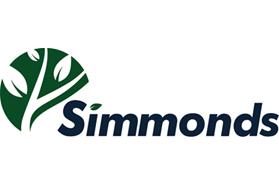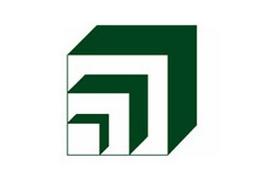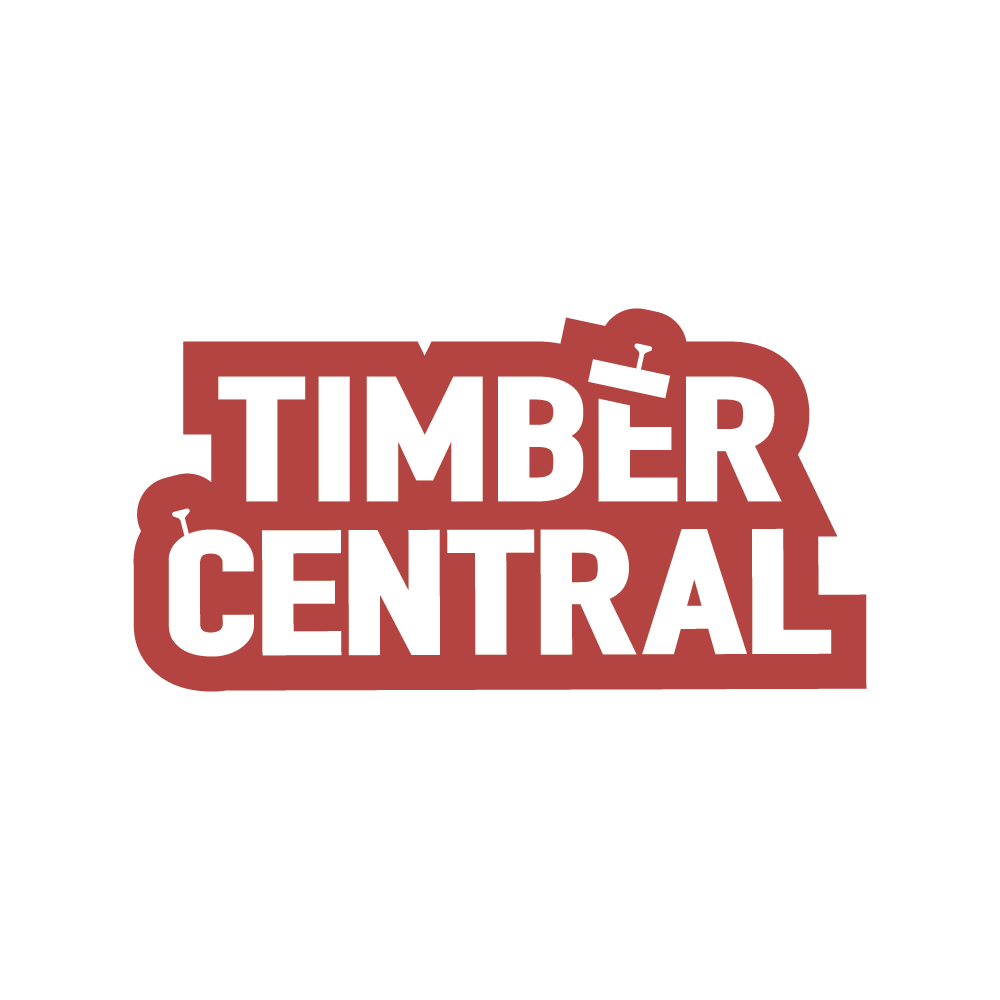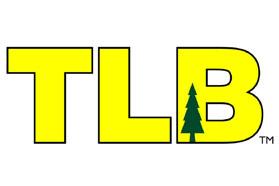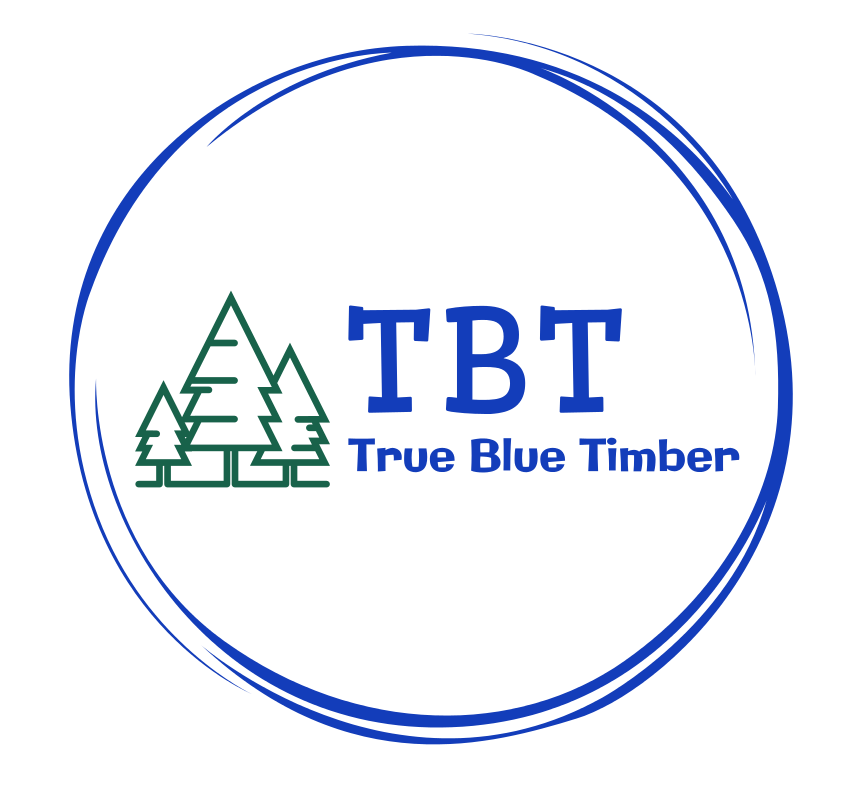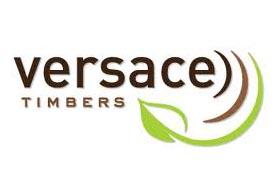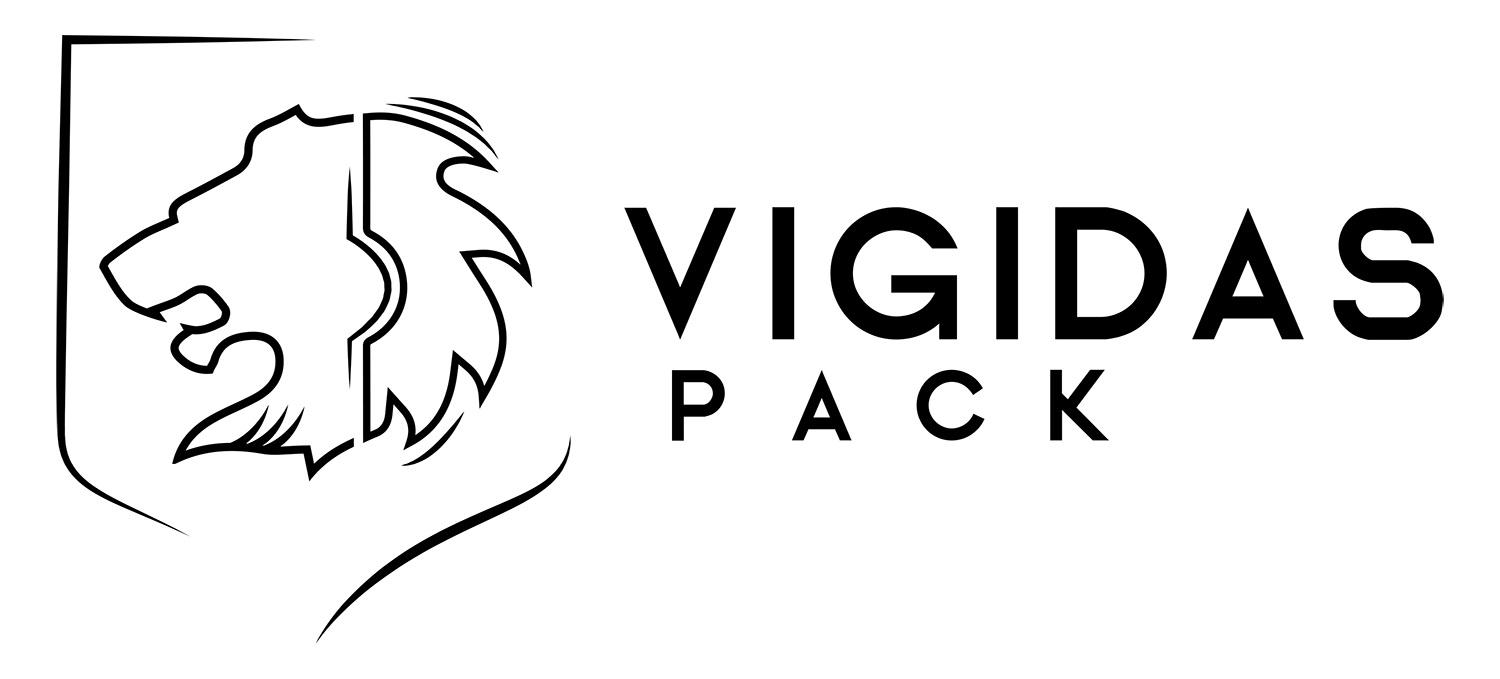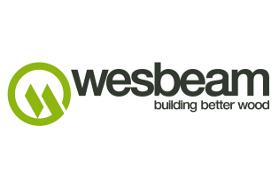Laminated Veneer Lumber (LVL) is a high-strength engineered wood product used primarily for structural applications. It is comparable in strength to solid timber, concrete and steel and is manufactured by bonding together rotary peeled or sliced thin wood veneers under heat and pressure. LVL was developed in the 1970s and is today used for permanent structural applications including beams, lintels, purlins, truss chords and formwork. LVL can be used wherever sawn timber is used however one of the main advantages is that it can be manufactured to almost any length, restricted only by transportation to site.
Prior to lamination, the veneers are dried and the grains of each veneer are oriented in the same direction. This makes LVL stronger, straighter and more uniform than solid timber and overcomes some of timber's natural limitations such as strength-reducing knots. This gives orthotropic properties (different mechanical properties against different axes) in a similar way to the properties of sawn timber, rather than the isotropic properties (the same mechanical properties in each direction) in the plane of plywood. The added durability of being an engineered wood product means LVL is less prone to shrinking or warping. LVL can also support heavier loads and span longer distances than normal timber.
Section sizes are then cut from 1200 m wide sheets or "billets". The ability to cut different shapes from the LVL sheets allows for structural innovation using angular and curved shapes.
LVL provides a cost-effective and sustainable building material, delivering high structural reliability and strength.
Note: Some LVL members can be made with a few laminations laid up at right angles to enhance the shear strength of the member. These are known as Cross-Banded LVLs and may need to be specially ordered, as it is not a commonly stocked item.
